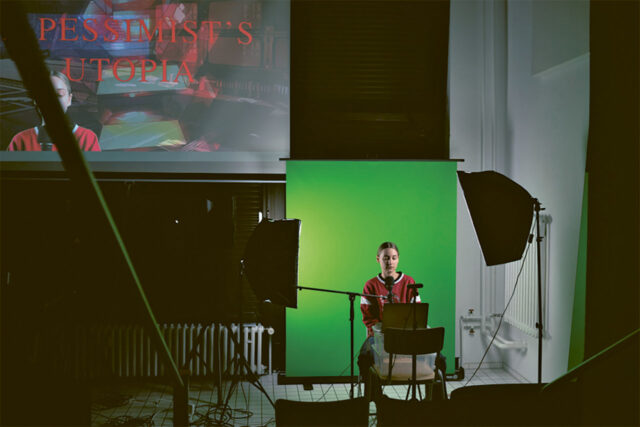
Calum Bowde, Joanna Pope, Steph Holl-Trieu, Arthur Röing Baer, *plotting*, 2020

Joanna Pope, A Pessimist’s Utopia, 2020, Foto: Maidje Meergans

Calum Bowde, Joanna Pope, Steph Holl-Trieu, Arthur Röing Baer, *plotting*, 2020

Joanna Pope, A Pessimist’s Utopia, 2020, Foto: Maidje Meergans